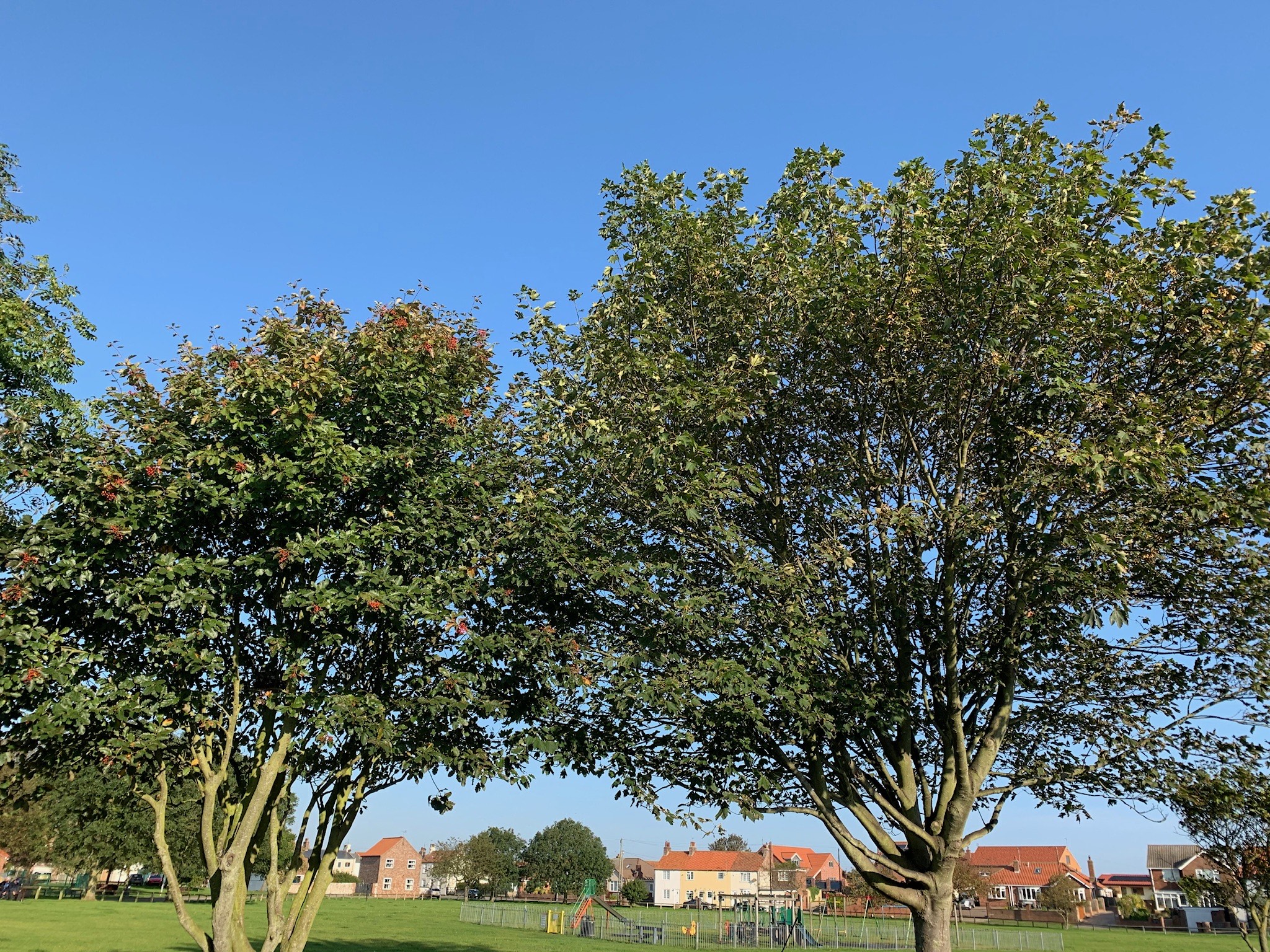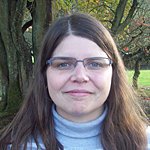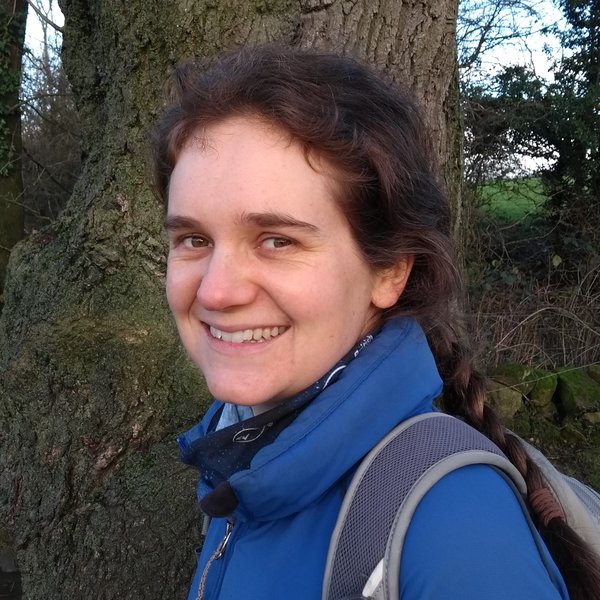Forest Research and Defra have made the first estimate of the monetary value of non-woodland trees in the UK.
This work helps us to understand the overall value of our treescape, in which non-woodland trees play a critical role.
Non-woodland trees are:
- single trees in urban and rural places,
- groups of trees covering less than 0.1 hectares, and
- small woods covering less than 0.5 hectares.
There are an estimated 0.74 million hectares of non-woodland tree canopy cover in Great Britain, and a further 31 thousand hectares in Northern Ireland.
This work is part of the Future Proofing Plant Health Defra Network partnership. The final report is available to download at the bottom of this page.
Research objectives
This project aimed to provide the first estimate of the economic value of non-woodland trees (also called trees outside woodlands) in the UK.
The valuation will be useful to policymakers in considering where to allocate resources, in making decisions, and in the preparation of future policies.
Findings and Recommendations
We estimate the total annual value of the UK’s non-woodland trees to be between £1.39 billion per year and £3.83 billion per year, in 2020 prices.
Using the 100-year Net Present Value method we have calculated the Natural Capital Value of non-woodland trees to be between £68.5 billion and £151.5 billion, in 2020 prices.
The valuations can be updated as new data about the extent of non-woodland trees becomes available.
This study considered some ecosystem services that are not currently included in the UK natural capital accounts (NCA). For example, avoided runoff provided by trees in urban areas could be included in future NCA evaluations.
Trees provide a host of social and cultural values. Many of these have not been monetised, and those that have relate mainly to woodlands. Social and cultural benefits were therefore not included in this study. Future work building on this research could add in these benefits when their monetary value is better understood.
Approach
Eight tools were reviewed for their suitability for this project. From these we selected:
These three tools enabled us to calculate the provision of these ecosystem services:
- carbon storage
- carbon sequestration
- air pollution removal
- temperature regulation
- noise reduction
- avoided runoff
- flood mitigation
- amenity
The benefits from these services include:
- climate change mitigation
- increased productivity
- amenity
- reduced damage to human health
- reduced damage to buildings
- reduced damage, injury and disruption from floods
- reduced waste water treatment
- reduced energy consumption for air conditioning
- reduced sleep disturbance and annoyance
We used the Forestry Commission’s 2017 Tree Cover Outside Woodland dataset as our source of non-woodland tree coverage.
For each method we designed a logic chain. Each logic chain includes:
- the extent of non-woodland tree coverage,
- the provision of ecosystem services per hectare of tree cover,
- the value of the benefits from the ecosystem services, and
- assumptions and uncertainties.
We followed HM Treasury Green Book guidance for benefit valuation, and we considered stocks (static values), annual flows, and 100-year Net Present Values.
Limitations
This work considers a limited set of ecosystem services provided by non-woodland trees. We did not consider social and cultural values because very few of these have been monetised.
There is very little data about the extent and type of non-woodland trees in the UK. Trees in different places provide different benefits, and therefore have different values. Where possible we have used regional tree canopy cover and ecosystem service provision. We have reported values per hectare of non-woodland tree cover, and per theoretical tree. It is important to note that this work does not replace an in-depth study of a local tree population and the benefits it provides.







